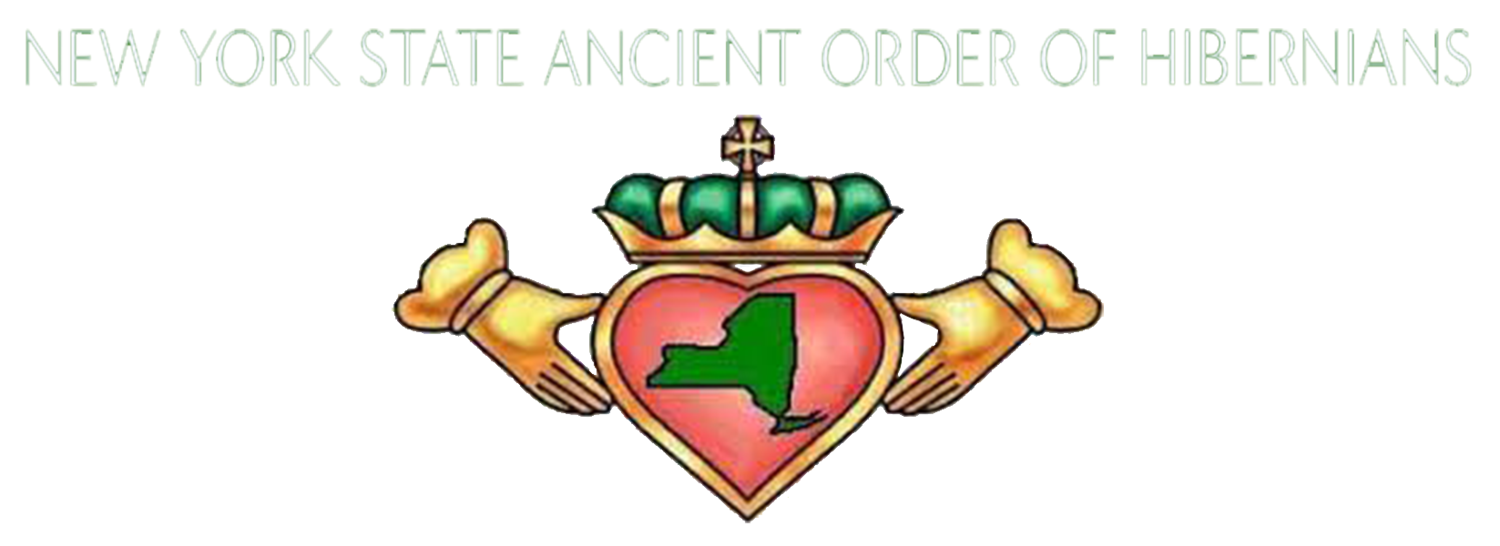The Irish Free State
December 2022 is the 100th anniversary of the creation of Saorstát Éireann (the Irish Free State). It was established in December 1922 under the Anglo-Irish Treaty of December 1921. The treaty ended the three-year Irish War of Independence between the forces of the Irish Republic – the Irish Republican Army (IRA) – and British Crown forces.
The Free State was established as a dominion of the British Empire. It comprised 26 of the 32 counties of Ireland. Northern Ireland, which was made up of the remaining six counties, exercised its right under the Treaty to opt out of the new state. The Free State government consisted of the Governor-General – the representative of the king – and the Executive Council (cabinet), which replaced both the revolutionary Dáil Government and the Provisional Government set up under the Treaty. W. T. Cosgrave, who had led both of these administrations since August 1922, became the first President of the Executive Council (prime minister).
The Oireachtas or legislature consisted of Dáil Éireann (the lower house) and Seanad Éireann (the upper house), also known as the Senate. Members of the Dáil were required to take an Oath of Allegiance to the Constitution of the Free State and to declare fidelity to the king. The oath was a key issue for opponents of the Treaty, who refused to take it and therefore did not take their seats. Pro-Treaty members, who formed Cumann na nGaedheal in 1923, held an effective majority in the Dáil from 1922 to 1927 and thereafter ruled as a minority government until 1932.
In the first months of the Free State, the Irish Civil War was waged between the newly established National Army and the Anti-Treaty IRA, which refused to recognize the state. The Civil War ended in victory for the government forces, with its opponents dumping their arms in May 1923. The Anti-Treaty political party, Sinn Féin, refused to take its seats in the Dáil, leaving the relatively small Labour Party as the only opposition party. In 1926, when Sinn Féin president Éamon de Valera failed to have this policy reversed, he resigned from Sinn Féin and led most of its membership into a new party, Fianna Fáil, which entered the Dáil following the 1927 general election. It formed the government after the 1932 general election, when it became the largest party.
The Irish Free State had its origin in The Easter Rising of 1916 and its aftermath which caused a shift in public opinion towards the republican cause in Ireland. In the December 1918 General Election, the republican Sinn Féin party won a large majority of the Irish seats in the British parliament: 73 of the 105 constituencies returned Sinn Féin members. The elected Sinn Féin MPs, rather than take their seats at Westminster, set up their own assembly, known as Dáil Éireann (Assembly of Ireland). It affirmed the formation of an Irish Republic and passed a Declaration of Independence. The subsequent War of Independence, fought between the Irish Republican Army (IRA) and British security forces, continued until July 1921 when a truce came into force. By this time the Parliament of Northern Ireland had opened, established under the Government of Ireland Act 1920 and guaranteed the British presence in Ireland. In October negotiations opened in London between members of the British government and members of the Dáil, culminating in the signing of the Anglo-Irish Treaty on 6 December 1921.
The Treaty allowed for the creation of a separate state to be known as the Irish Free State, with dominion status, within the then British Empire—a status equivalent to Canada. The Parliament of Northern Ireland could, by presenting an address to the king, opt not to be included in the Free State, in which case a Boundary Commission would be established to determine where the boundary between them should lie. Members of the parliament of the Free State would be required to take an oath of allegiance to the king. The Dáil ratified the Treaty on 7 January 1922, causing a split in the republican movement. A Provisional Government was formed, with Michael Collins as chairman.
The compromises contained in the agreement caused the civil war in the 26 counties in June 1922 – April 1923, in which the pro-Treaty Provisional Government defeated the anti-Treaty Republican forces. The latter were led by Éamon de Valera, who had resigned as President of the Republic on the treaty's ratification. The pro-Treaty Arthur Griffith followed as President of the Irish Republic. Michael Collins was chosen at a meeting of the members elected to sit in the House of Commons of Southern Ireland (a body set up under the Government of Ireland Act 1920) to become Chairman of the Provisional Government of the Irish Free State in accordance with the Treaty. The general election in June gave overwhelming support for the pro-Treaty parties. W. T. Cosgrave's Crown-appointed Provisional Government effectively subsumed Griffith's republican administration with the death of both Collins and Griffith in August 1922.
The Civil War was won by the pro-treaty Free State forces, who benefited from substantial quantities of weapons provided by the British Government. The conflict claimed more lives than the War of Independence that preceded it, and left Irish society divided and embittered to this day. Today, two of the main political parties in the Republic of Ireland, Fine Gael and Fianna Fáil, are direct descendants of the opposing sides of the war.


